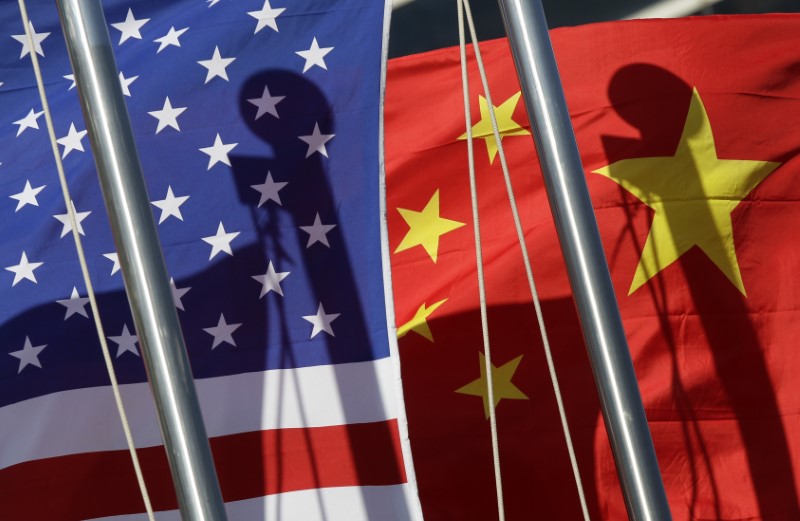Former President Donald Trump’s proposed trade tariffs could have significant economic implications if implemented, with the potential to alter the landscape of international trade and domestic economic dynamics.
In a report released Tuesday, Wells Fargo analysts delved into these possible outcomes, examining both the immediate and long-term effects on inflation, consumer spending, and corporate strategy.
One of the key points raised in the report is the shift towards a more protectionist foreign economic policy, which is likely to persist regardless of the election outcome.
Wells Fargo notes that tariffs have evolved beyond their traditional role of protecting domestic industries and ensuring reciprocal trade agreements to encompass national security concerns, pointing to growing geopolitical tensions, particularly with China.
Trump’s tariff proposals are ambitious, including a 60% tariff on all Chinese goods and a 10% levy on all other U.S. imports. Such broad-based tariffs are unprecedented and could drastically impact the U.S. economy.
“Tariffs’ initial boosts to inflation, interest rates, and the dollar are vulnerable to reversal from their dampening effect on economic growth,” analysts said.
The report outlines two possible scenarios for 2025. In the first scenario, tariffs are limited and targeted, allowing companies to adapt by diversifying supply chains. This would likely result in moderate disruptions but manageable economic adjustments.
Analysts believe such a scenario is more probable if tariffs are imposed selectively by a Democratic administration or a more restrained Trump administration.
The second scenario envisions widespread and aggressive tariffs, which would be much harder for businesses to navigate.
“Widespread tariffs would be more difficult for management teams to circumnavigate,” the report states. In this case, consumer price inflation and profit-margin pressure would likely become more sustained, particularly affecting sectors like Consumer Discretionary and small-cap equities.
Analysts emphasize that tariffs could become a significant headwind to economic recovery in 2025.
“A flat 10% tariff on all imports would increase annual expenses by roughly $1,700 for the average U.S. middle-class household,” illustrating the direct impact on consumers’ wallets.
Higher inflation, driven by a restricted supply of low-cost imports, would likely lead to increased interest rates and an economic slowdown, especially in credit-sensitive sectors like housing.
The report also points out the potential global repercussions of such tariffs. China’s likely response would include retaliatory measures and strategic adjustments to sustain its export-led economy. U.S. multinationals operating in China could face significant challenges, prompting a shift towards re-shoring or friend-shoring production to countries not subject to U.S. tariffs.
“We believe that U.S. large-cap companies are best positioned to navigate through the changes and that the U.S. dollar will remain a beneficiary of proposed tariffs,” Wells Fargo highlighted.
Read the full article here


